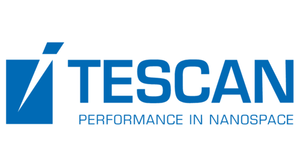Speaker
Description
Estimation the capacities for CO2 storage plays a pivotal role in carbon capture and storage (CCS) projects. The material balance equation (MBE) approach, commonly applied in this domain, provides direct estimations of CO2 storage potential. Traditional MBE techniques, however, often compute the original fluid in-place volume via volumetric assessments without subsequent validation, posing challenges to estimation accuracy. Recognizing the impact of precise original fluid in-place volume calculations reflective of the reservoir's pore volume on storage capacity, our research introduces an enhanced MBE methodology. We evaluated the effectiveness of our enhanced MBE method through comparisons with a commercial reservoir simulator, applying it to both a constructed synthetic aquifer scenario and the Sleipner field model. The application to the synthetic aquifer scenario resulted in a notably precise CO2 storage capacity estimate, with a relative error of just 2.085%, based on data from a single year of injection. This high level of accuracy was similarly observed in the Sleipner field application, where the method achieved a relative error of 1.6873%. Our developed MBE method further demonstrates its reliability in accurately forecasting CO2 storage capacities across a range of conditions, including variations in grid sizes, rock properties, injection rates, operational strategies, and geological heterogeneity.
| Country | Republic of Korea |
|---|---|
| Conference Proceedings | I am not interested in having my paper published in the proceedings |
| Acceptance of the Terms & Conditions | Click here to agree |




.jpg)
